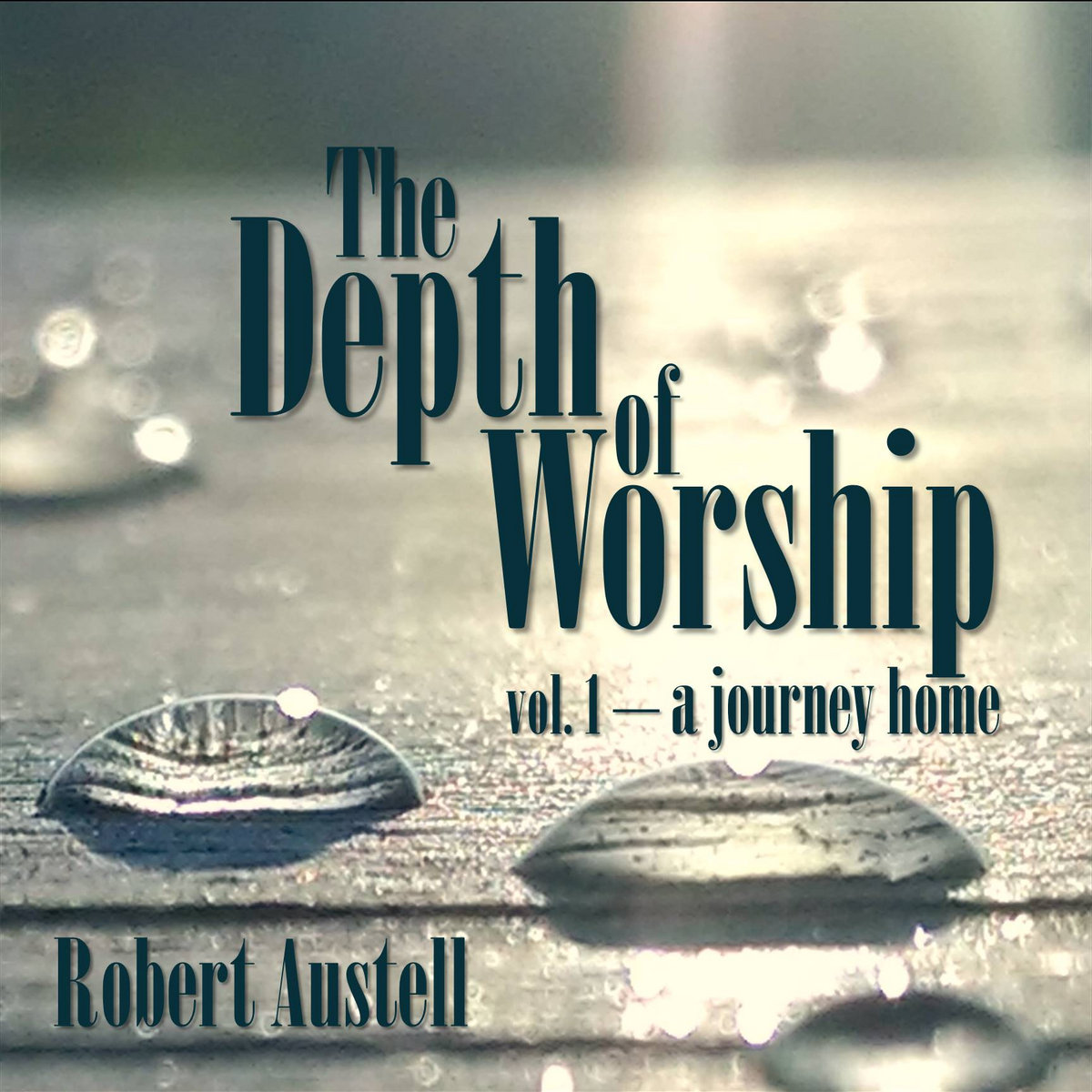2014 Round-Up
2014 has been a full year. In my 12th year at Good Shepherd, we undertook a sanctuary and youth building renovation project; I was fortunate to be invited on a ministerial trip to Scotland; I tried to establish some new patterns of regular writing and recording (music); I continued to try to incorporate regular exercise into my life. Challenges included two beloved church staff leaving (and trying to cover their vacancies for most of the 4th quarter), the renovation campaign (did I mention that already?), and maintaining regular health and exercise...did I also mention that? :)
Some highlights of preaching, writing, travel, health, etc... follow:
Sermon Series: "It is Written"
I don't always preach in series, but when I do, I often enjoy the cumulative effect of building on a theme or digging deep into a topic. Early in the year, having read an article about some "Red-Letter Christians"* who found Jesus' teaching at odds with other scripture (whether Paul or the Old Testament), I did an extended series looking at a number of places where Jesus quoted the Hebrew scriptures and used them as the basis of his own teaching and ministry. It was a fascinating study for me and the congregation seemed to get a lot out of it as well. (*Note: this view does not describe all so-called "Red-Letter Christians"; some, like Tony Campolo, simply want to take Jesus seriously and use this designation to point to all the things Jesus did say... turns out, though, for the critics of the Old that those red letters also encompass pretty much the whole scope of the Old Testament being spoken out of Jesus' mouth.) That study led right into Acts for Pentecost, and I just stayed there all summer with the "Into the World" series (link).
 Individual Sermons: three sermons stood out as "most downloaded" as well as most meaningful to me. They all were part of the series mentioned above (and really framed that whole series), but did more even than track the theme of Jesus' use of Hebrew/OT scripture. All coming from Jesus' Sermon on the Mount, these represent much pulling together of my own thinking and real-life experience (in ministry and as a human being). The accompanying graphic (included here) captures much of it, but I commend these sermons to get a sense of what developed.
Individual Sermons: three sermons stood out as "most downloaded" as well as most meaningful to me. They all were part of the series mentioned above (and really framed that whole series), but did more even than track the theme of Jesus' use of Hebrew/OT scripture. All coming from Jesus' Sermon on the Mount, these represent much pulling together of my own thinking and real-life experience (in ministry and as a human being). The accompanying graphic (included here) captures much of it, but I commend these sermons to get a sense of what developed.
Also, see the short overview of all three (also with links) on my blog HERE.
- "The Space between Truth and Grace" (Matthew 5:17-26)
- "Fulfilling the Word: Vows" (Matthew 5:27-37)
- "Fulfilling the Word: Neighbors and Enemies" (Matthew 5:38-48)
- Mark Katibah (audio link, 5 min) - "How have you seen the goodness or greatness of God through our church? (shared on Nov 9 for "Church Matters, pt. 1"; page link)
- Shannon Klar (audio link, 23 min) - "What does it look like to encounter God's goodness and greatness and be changed?" (shared on Nov 16 for "Church Matters, pt. 2"; page link)
- Ray Ball (audio link, 7 min) - as part of our Christmas "Behold the Lamb of God" concert, I asked Ray to share part of his testimony to illustrate God's deliverance
- Bentley Ball (audio link, 12 min) - as part of our Christmas "Behold the Lamb of God" concert, I asked Bentley to share part of her testimony to illustrate what it is like to wait on God (both the faith and the struggle)
Music: one of the goals/habits I cultivated in 2014 was trying to regularly write or record music; I called this "Sundays for Singing," trying to post something each Sunday. I certainly didn't generate a post weekly, but it did get the wheels turning again. Here are a few unpolished examples:
- "Temple Song" - about Jesus overturning the tables in the Temple in John 2; first guitar-arrangement of this original piano song with my friend, Gerrit Dawson; please excuse the "Christmas jammies"
- "Say Something" - a radio cover my daughter wanted to do; it was a blast just singing/playing with her!
- "Friend of Sinners" - a worship song by Red Mountain Music to a text by Augustus Toplady; another highlight because my daughter played drums with me
- Jan-Dec: approx. +20 lbs :( ...but still down 30 from pre-2013
- 340 workouts in 253 hours
- 204,000 total calories burned
- 655 mi. running + 470 mi. walking = 1125 total miles
- Longest Run: 13.1 mi. (in 2:24:21)
- Fastest Runs: gonna beat these all in 2015!
- 1mi: 7:54 min/mi - a slight uphill... 7:27 going the other direction... so prob should average those together :)
- 5k: 9:38 min/mi (not sure why this is slower than the 5mi except that I only tried the 5k route a handful of times and have run the 5mi course a hundred or more times)
- 5mi: 9:02 min/mi
- 8mi: 10:47 min/mi
- 10mi: 11:10 min/mi
- 13.1mi: 11:00 min/mi


.JPG)




























